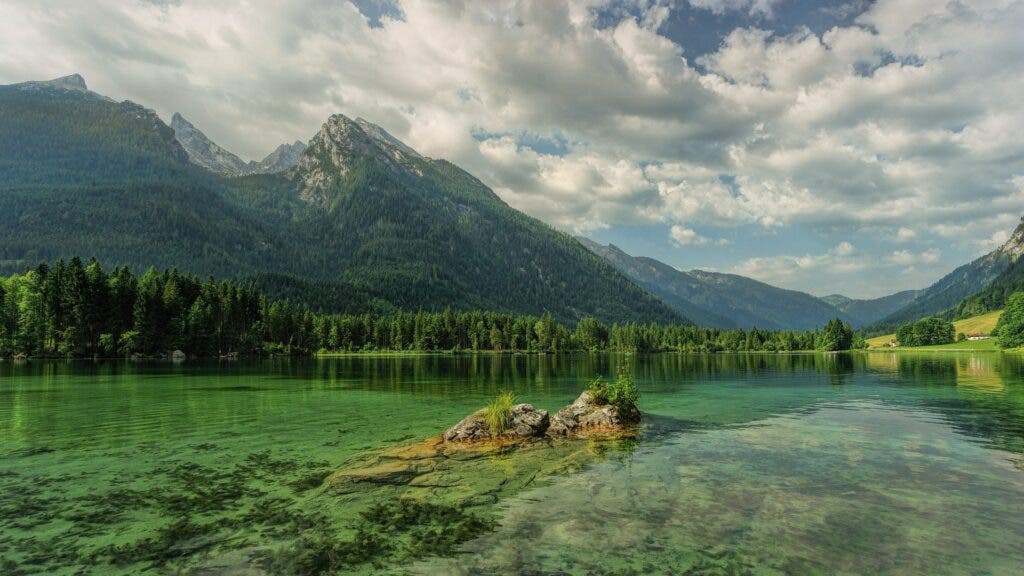Global warming is perhaps the ultimate hurdle humanity will have to overcome in our lifetime. Researchers from Norway are helping us get a better idea of what that process would entail.

According to their work, it could take decades after we reduce greenhouse emissions for the planet to start cooling down. While the idea that it takes time to alter climate patterns — known as ‘climate inertia’ — isn’t new, the study does offer a more in-depth estimation of how such a process would unfold.
Cooling takes time
The study was published by three researchers at the CICERO Center for International Climate Research in Oslo, Norway.
They worked with several climate models to determine how global climate would respond to different levels of reductions in greenhouse emissions, or to changes in the overall make-up of those emissions.
Slashes in carbon dioxide emissions were the only changes that had a noticeable effect on global warming, but even then, it would take a long time to see progress.
However, when emissions of other gases being emitted were reduced as well, this cooling trend would accelerate. If these other pollutants are not reduced, the planet will cool down very slowly.
According to the team’s best-case scenario (near-zero-emissions starting this year), we’ll see the planet starting to cool down somewhere in 2033. Under the RUCP2.6 scenario (an emission reduction scenario considered to be achievable by many researchers and politicians), the team saw no positive changes until 2047. Finally, if emissions are reduced by around 5% each year, we’ll start seeing an improvement by 2044.
The team’s effort isn’t a clear-cut image of the future, and they acknowledge this fact, but it is a very useful glimpse into where we’re headed, roughly, and what to expect.
One of the most important takeaways of this research is that time is extremely important in fixing our climate issues. The later we start, the later we’ll see results, or the more emissions we’ll have to slash (which translates to more severe economic effects). We have to balance those effects with the damage our emissions are causing to the planet’s ecosystems — economies don’t tend to fare well during periods of massive environmental upheaval.
But not all is lost. The quarantine showed that we can make a real, positive change in our emissions with surprising ease. Air quality improved dramatically over many of the world’s busiest cities during the lockdown. We can recreate that drop in emissions in the future — and it will be a very good place to start.
The paper “Delayed emergence of a global temperature response after emission mitigation” has been published in the journal Nature Communications.






